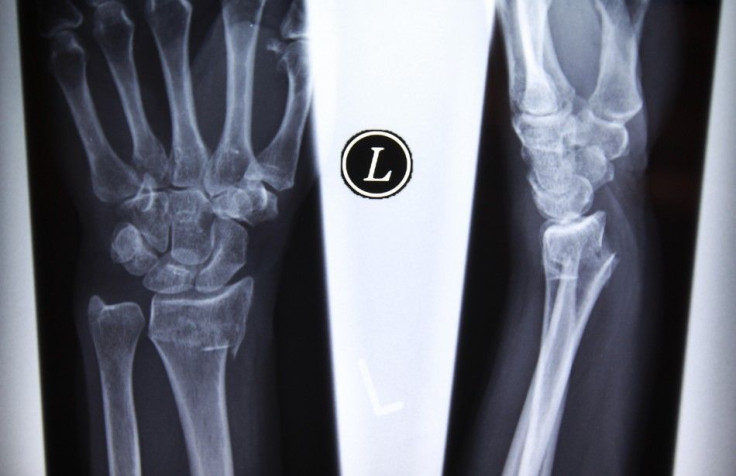New nanotechnology sends molecules to injury site to ‘tell bone to repair itself’

A new technology has been developed by researchers from the US that can deliver a molecule to bone wounds that works like an office supervisor ordering cells to reconstruct the damage. Researchers said the technology, called polymer sphere, could significantly help people grow damaged or lost bones due to oral implants, tooth decay, bone surgery or joint repair.
The polymer sphere, described in a report published in Nature Communications, delivers the microRNA molecule. The molecule instructs cells to switch on healing and bone-building mechanisms to repair the injury.
The polymer sphere reduces the need to send foreign cells for bone repair, researchers at the University of Michigan said. Introducing foreign cells is considered a very difficult treatment as cells have “their own personalities,” which may lead the body to reject them.
In addition, experts found it very difficult for microRNA to enter the cell wall. But the new polymer sphere has successfully allowed the microRNA enter the cell, according to lead researcher Peter Ma, a professor of dentistry at the University of Michigan.
The technology was able to heal bone wounds in osteoporotic mice. The team is now planning to conduct tests in large animals to evaluate its safety and effectiveness in humans.
"The new technology we have been working on opens doors for new therapies using DNA and RNA in regenerative medicine and boosts the possibility of dealing with other challenging human diseases," Ma said. “It's similar to a new supervisor ordering an office cleaning crew to start constructing an addition to the building.”






